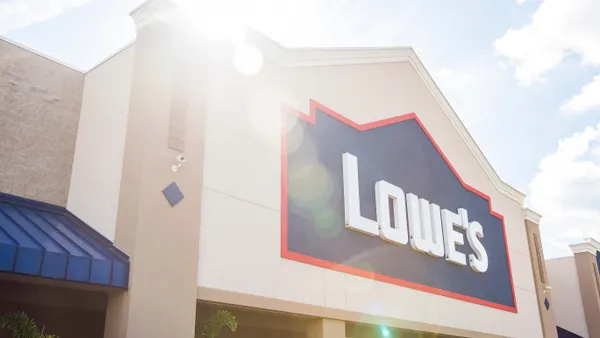Dive Brief:
- Companies failing to map out weather patterns in their suppliers' production locations set themselves up for greater risk and lower resilience, the Wall Street Journal reported.
- Overlooking necessary contingency plans in order to save money in the present will not pay off should a dramatic weather-related event occur in the future, especially since extreme weather has caused as many as 29% more shutdowns and disruptions since 2012.
- Begin with tracking the common conditions in which the supplier of your best-selling product is located. From there, focus on each successive supplier's locale and create alternative supply routes. Employ big data to assist in mapping vulnerabilities.
Dive Insight:
A variety of actions exist to help address potential logistics disruptions. The first step involves gathering stakeholders of all levels, high and low, to imagine possible crisis scenarios. The group should address the domino effect, the way in which each link in the supply chain affects the next, and then plan for alternatives to keep operations flowing. The ultimate result is a continuity plan, which includes supply redundancies or an emergency parts supply, and even a toolkit for key team members to have at ready emergency equipment to help keep business moving in the event of disaster.
Operations requires its own methods of risk aversion. Supply chain network mapping, which allows for the tracing of second tier and lower suppliers in order to continue material access, is one necessary step. Another is the ability to not only notify suppliers, but also make arrangements to relocate product and ensure sufficient safety stock. Finally, allocate ultimate responsibility to one individual in charge of monitoring conditions and receiving updates from staff. This task could easily fall to an operations manager, someone used to coordinating the different departments that comprise the business.
Procurement also plays a role in disaster recovery. The procurement manager and staff will know the suppliers and can arrange contact to secure secondary provisions or alternative warehouses for stock. The manager will also have established a strong relationship with each supplier, enabling the two to brainstorm solutions to whatever risk is at hand.













